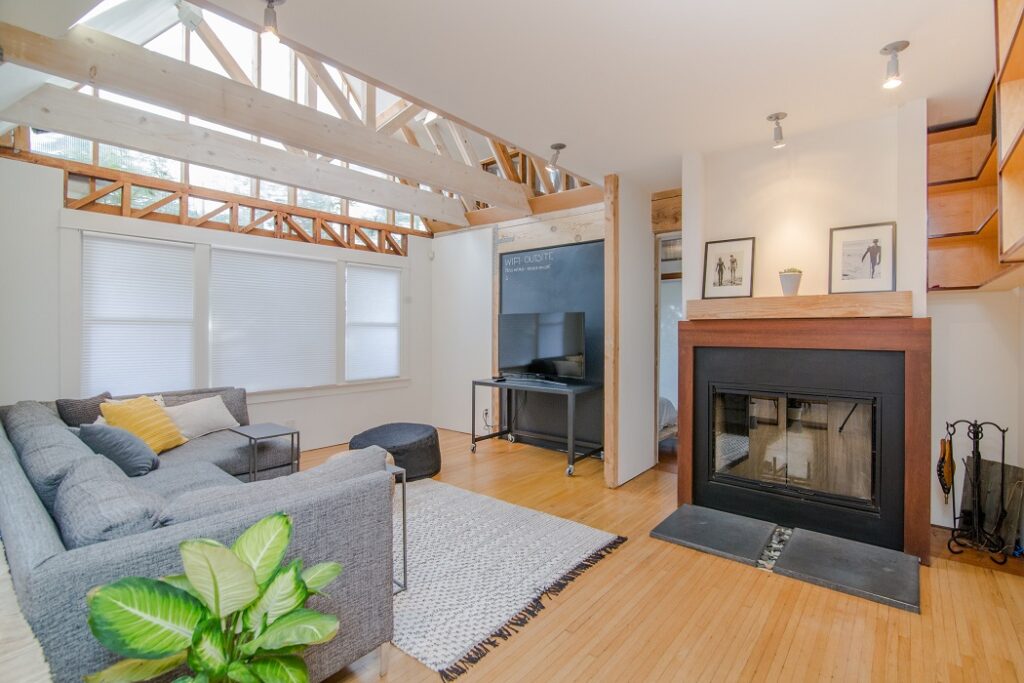The Cost To Seal Your Home With Aerobarrier
In this article, we’ll talk about how much it costs to seal your home with aerobarrier.
But first, you might be wondering what Aerobarrier is. Aerobarrier best represents the contemporary method of air sealing a building. Air sealing itself isn’t new, but the conventional approach leaves much to be desired in terms of efficiency. Instead of sealing by hand, Aerobarrier offers a more convenient technique. This new technology air seals an entire building floor or residential property for half the time compared to the old method – it reduces work time and won’t require as much human resource.
Although there’s a slight bump in cost, the use of Aerobarrier sealant speeds up the construction or home improvement project. Small and medium-sized homes are sealed in less than a day; in contrast, traditional air sealing could take three days or even more.
How Much Does Aerobarrier Cost?
Aerobarrier is sold to local building contractors and operators, which means there’s a slight variance in the cost. However, the price difference isn’t that significant, so it’ll be easier to ascertain a budget for it. The total cost of using Aerobarrier depends on two factors: the size of the building/house and the level of airtightness.
Expect high volume builders and contractors to offer lower prices as they procure the product in bulk, but that doesn’t mean you get a much better service from them. Weighing on the factors mentioned, the cost of Aerobarrier ranges from $1.04 to $3.91 per square foot. As mentioned earlier, local installers charge differently, so see to it that you check with your preferred contractor for more accurate pricing.
A Look at the Advantages of Aerobarrier
Aerobarrier brings forth a handful of advantages for any building or house improvement project that’s focused on air sealing. Since it speeds up the air sealing process, builders use the spare time to focus on other aspects of the construction.
Although there’s still a need for stuff like covering large holes and fire caulking, the responsibility of applying Aerobarrier is handed out to one subcontractor instead of a few. You expect the subcontractor to finish the job within the day. There was a time when builders had to wait for the construction or renovation to complete before they would know if the air sealing worked.
It meant that corrections were only made once everything was done. What’s even worst was that making adjustments or corrections were difficult to carry out. With Aerobarrier, the builder or contractor performs air sealing without factoring in the stage of the construction.
By far the most noticeable advantage of Aerobarrier over other air sealing strategies is its application in existing homes where there’s a handful of inaccessible leakage areas. The only way to access those gaps and manually air seal them is to perform a significant demolition. Most property owners never consent to a demolition project because of the expense. Opting for Aerobarrier not only provides the best solution to achieve a higher level of airtightness; it also doesn’t resort to demolishing the property.
What is the Alternative to Aerobarrier?
Aerobarrier serves a similar purpose to traditional air sealing, but the method makes a world of difference. This aerosol sealant fills all the gaps in a building or house in just a few hours. What’s even better is it can fill gaps that are less than a fourth of an inch. A blower door is used to pressurize the building, while an automated sprayer releases the acrylic sealant inside the room or space.
Once the sealant is sprayed, it produces a fog-like atmosphere inside. The sealant particles travel along the air pathways and gaps and then accumulating on the edges of the openings. The sealant manages to fill all the gaps in just a few hours. There’s no need for laborious manual sealing.
Aerobarrier offers a much better and efficient approach. It’s even possible to get the job done in one day for large buildings and houses. The property owner may choose a large-scale air sealing preparation, where there’s an additional need to block and cover holes, open wall cavities, and fire caulking around wiring and pipes. Any gap that’s less than half an inch in diameter doesn’t need to be covered.

